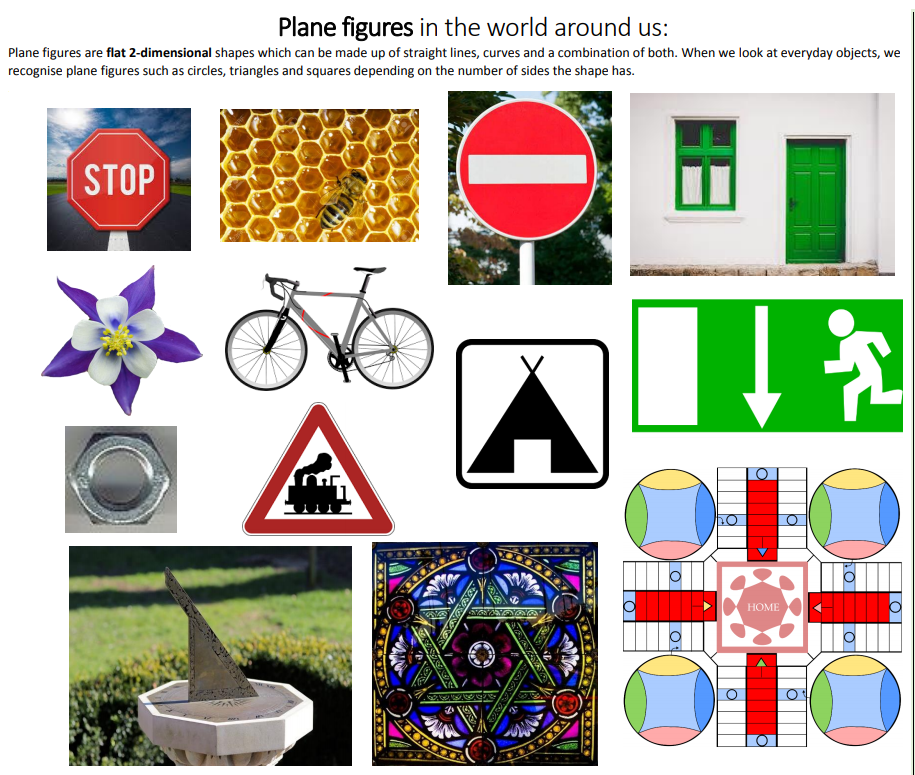TECHNICAL GRAPHICS

Junior Cycle Technical Graphics focuses on developing students’ understanding and skills in the applications and impact of technologies in the world around them. Technical Graphics (known generally as 'Graphics') uses an interdisciplinary approach which encourages the integration of the three strands in the teaching and learning of the subject. The three stands that students will study over the course of their junior cycle are: 2-D graphics, 3-D graphics and Applied graphics.
The study of Graphics at junior cycle aims to:
- develop the student’s creativity, spatial ability, and capacity to reason and communicate ideas through engagement with abstract and applied geometric problem-solving activities
- encourage the development of the cognitive and practical dexterity skills associated with graphical communication
- instill an appreciation of the role of graphics in the world around them
- equip all students to make judgements on the best mode through which to represent their ideas and solutions
- encourage the production of drawings that promotes the skills of communicating through graphics
- develop students cognitive and practical skills associated with modelling and graphical communication.
STRAND 1: 2D GRAPHICS In this strand, students will engage with,
understand and apply the fundamental concepts and principles of 2D
constructions, 2D shapes and projection systems. Throughout their studies,
students will gain an appreciation of the application of 2D graphics to problem
solving and develop an understanding of the role of 2D graphics in the creation
of 3D objects and representations. Students should, as a result, be able to
create clear representations of objects in space and accurately represent these
in two- dimensions.
STRAND 2: 3D GRAPHICS In this strand, students will engage with,
understand and use the fundamental concepts and principles underpinning 3D
objects, modelling systems and graphical conventions. This strand is of
specific importance in developing each student’s ability in visual imagery and
representation. Students should as a result be able to accurately represent
objects in three dimensions and apply these skills to problem solving.
STRAND 3: APPLIED GRAPHICS In this strand,
students will draw on the knowledge, principles and techniques developed
through the 2D Graphics and 3D Graphics strands to create and communicate
solutions and information graphically. Students should be encouraged to
investigate their physical environment and to apply the principles of 2D
Graphics and 3D Graphics to the solution of a variety of problems. Students
should be able to select the most appropriate methods to communicate their
solutions to solve these problems, both in terms of their selection of
graphical media and the mechanism for their utilisation.
 A New Approach to Education
A New Approach to Education